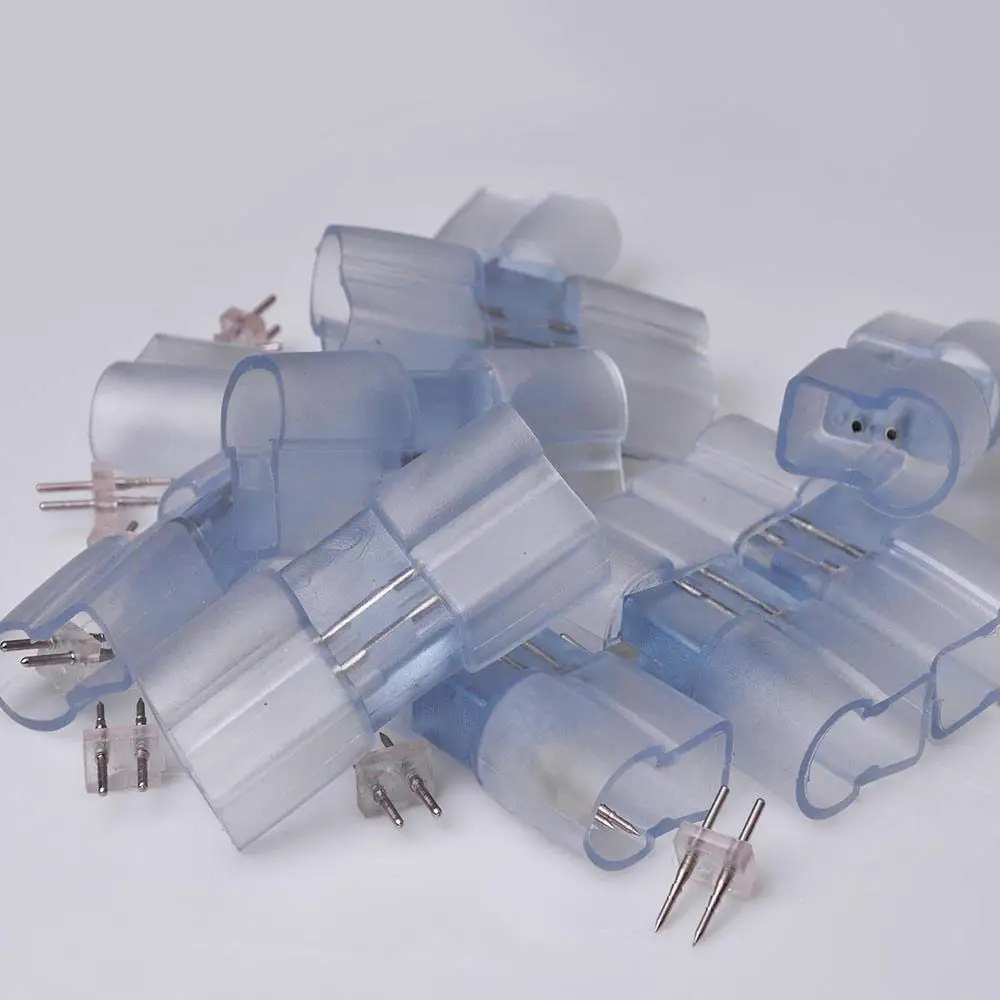


While they are permitted with suitable materials, they are much more subject to corrosion and damage. IMHO you want a better solution than an underground splice. The splice will most certainly be exposed to water, and you will still need to use a splicing technique suitable for underground use and wet use. Such a box is quite 'open' often without a bottom in fact one technique is to dig deep and put gravel below the box to allow for better drainage. These are the 'Valve Boxes' that Arg suggested, and yes, they are used in just this fashion. Additionally, since there is no extra 'play' in the buried conductor, you will need some space to make the splice anyway.Īt I minimum, I suggest that you put this splice into a suitable underground access box, commonly called a 'Christy Box' (this is a trademark, but is often used as a generic name). If this is a GFCI circuit, then you will be more subject to tripping from minor 'leakage'. If (When) the splice fails, you will be stuck having to find it.
Underground wire splice code#
It is merely 'safe enough' to pass the code writer's sniff test. Code is not a design manual, and bare minimum code is rarely a good design. Having said this, IMHO making this splice underground is a _bad_ idea. See, for example which can connect 4 #12 solid conductors, for direct bury, underground. Yes, this is a bit of code that is at odds with the generally required practise of putting all splices in junction boxes but thems the rules. You _must_ use splicing devices that are listed for underground use. This is _explicit_ permission to make splices and taps in underground wiring without the use of a box. The water and minerals in the soil can corrode your wires as well as energize something close by. The problem is that you can count on any underground splice becoming submerged or just damp on a regular basis. Although many situations are unlikely to kill someone, look up "stray voltage". GFCIs must be checked regularly and they do fail. If the circuit is GFCI-protected before the fault, it would most likely trip. you wouldnt make teh entire area above it electricified if your splice was bad - would you?" "Also, what is the danger of a bad splice underground. Check your state and local codes to ensure they are permitted in your area, get a permit and have your work inspected: Use something like this for your splices. I am not sure what the NEC has to say about this. Maybe someone more knowledgeable can comment on the possibility of putting your splice j-box inside a valve box with suitable drainage. That is, you will need a j-box at that 10-feet-short point, above ground. Yes, but plan to make the splices above ground.
Underground wire splice full#
Browse underground wire splice at and choose from the multiple choices today."But, this new wire wont reach the full distance, so I would need to splice in order to extend it another 10 feet or so. This electrical terminal can suit nearly all types of wiring needs, from simple wire splices to heavy-duty vibration applications. And since each lug has a specification mark, you can quickly find the right terminal and make your connections quicker and easier.

You simply need to control the temperature through your heat gun. Need a speaker terminal? This terminal is designed to fit narrow and confined spaces - can bend after a connection and no need to solder or crimp in the confined area. All these advantages are in the wholesale underground wire splice varieties at. Plus, its well-designed high-standard flared opening promotes easy wire insertion that allows easy operation during heavy-duty applications. This underground wire splice is a time saver - all you need is a heat gun to finish the joint, and you’re good to go! Notably, the spade connector follows the universal size and is therefore, versatile to use. Not to worry - you can choose your wire terminal or screw terminal from the underground wire splice variety from for your needs. The success rate of connecting your wires depends on the standard of your terminal. Browse underground wire splice at and get your pick today.
Underground wire splice professional#
You can use this unit for terminal wiring of professional equipment like batteries, distribution boxes, cables, etc. This way, you’ll create a completely waterproof and wear-resistant environmental seal. After uniform heat, this heat shrink connector with adhesive coated emits hot melt adhesive, instantly shrinks and adheres to the wire's insulation. Each terminal connector is made of 99.9% pure copper that effectively prevents rust, anti-oxidation, and electrical sparks. Get industry-standard wire connectors for the job from the wholesale underground wire splice variety at.


 0 kommentar(er)
0 kommentar(er)
